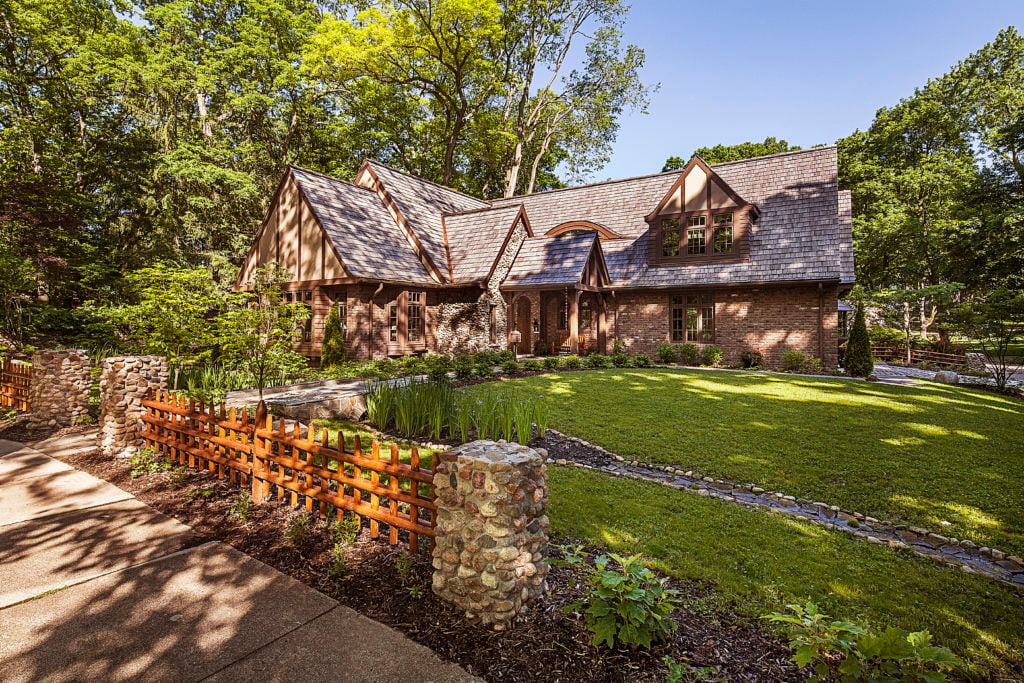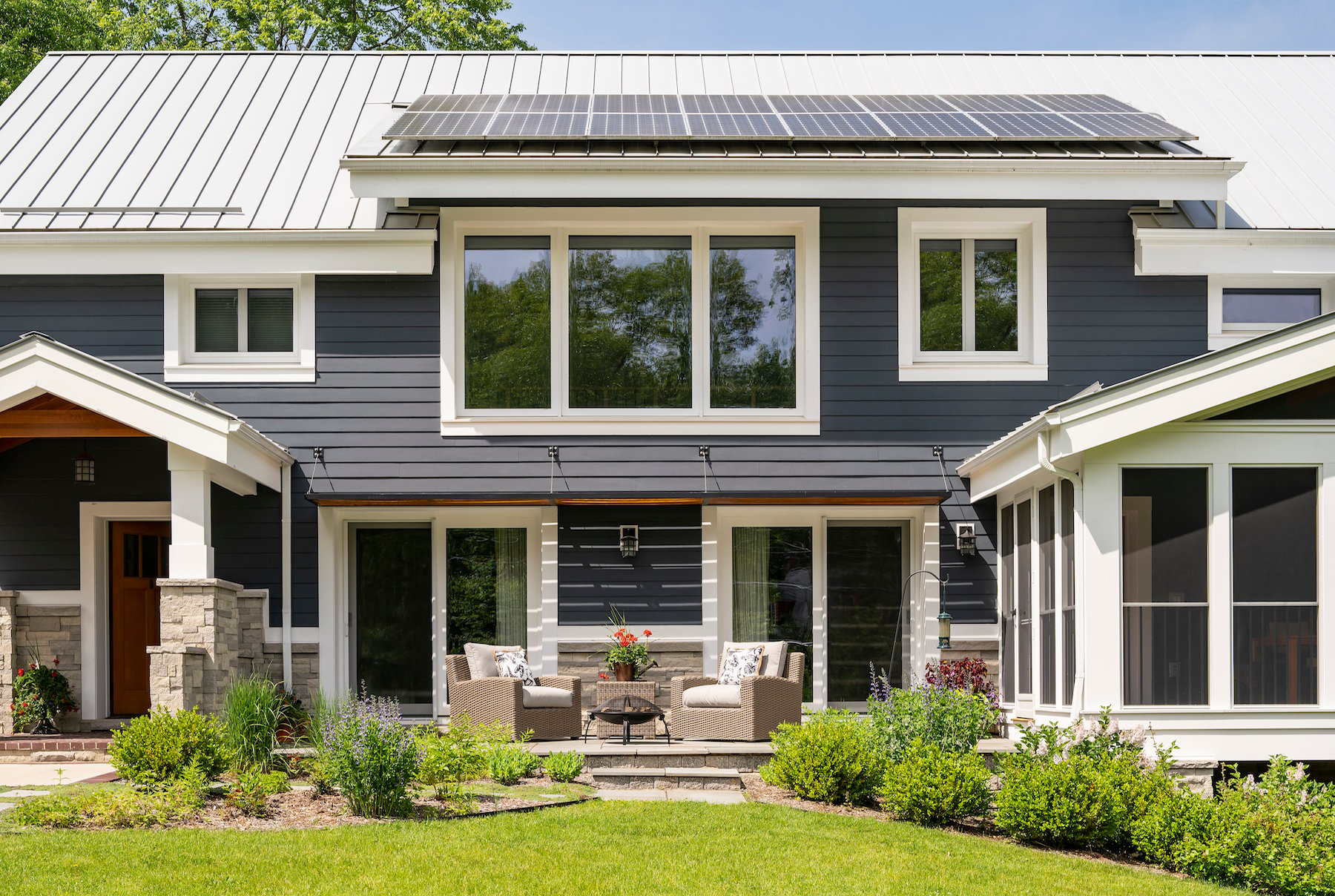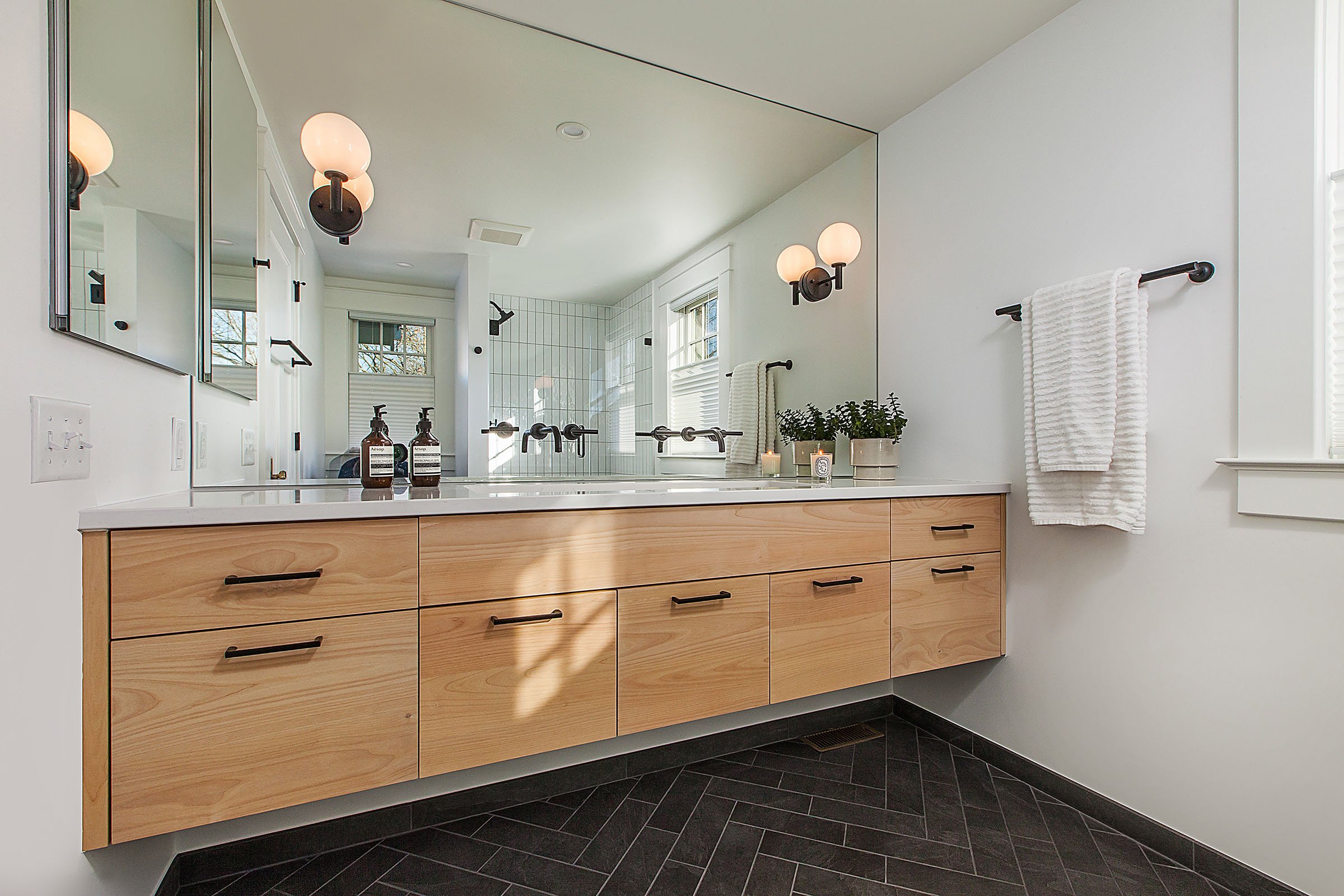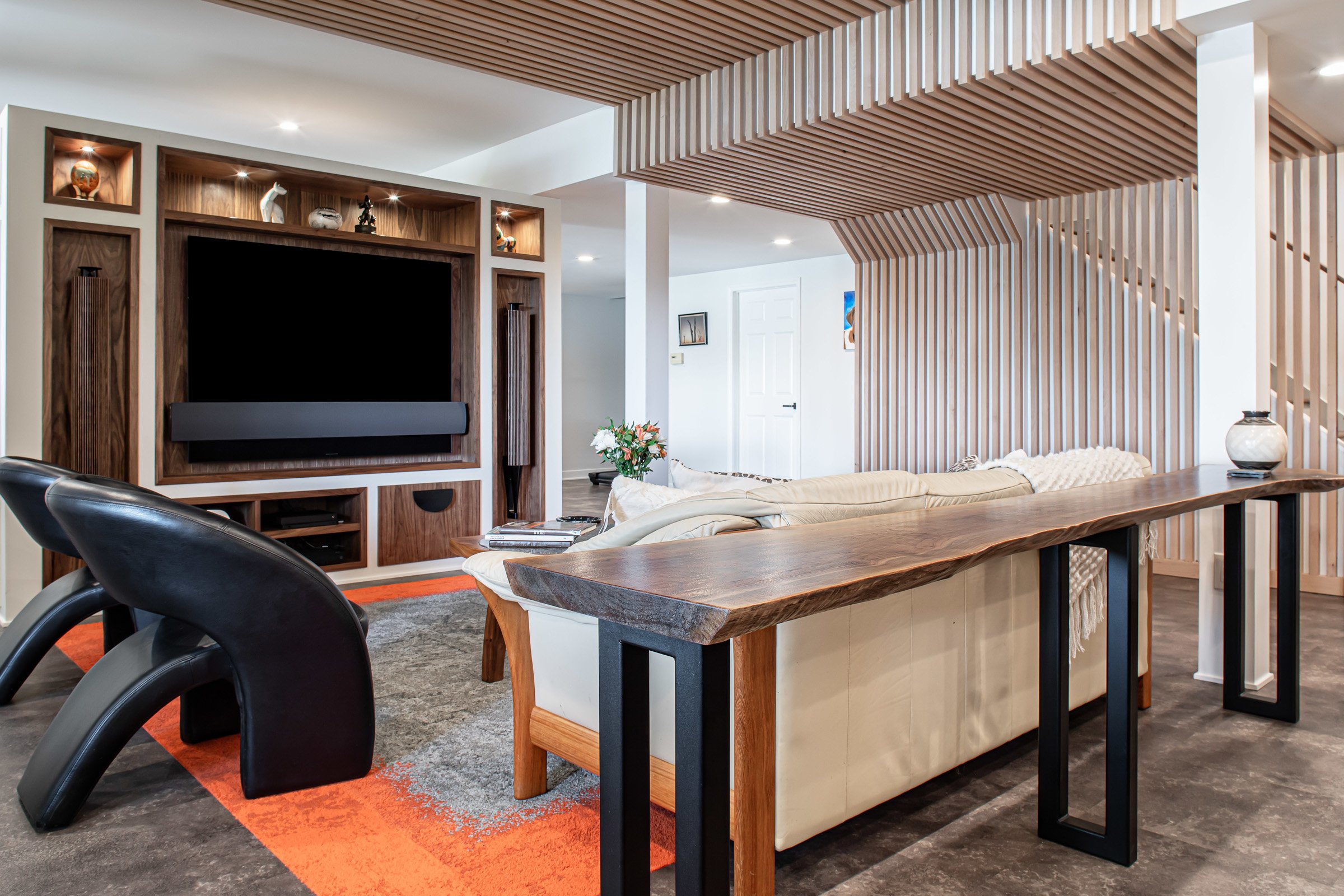1 min read
Riding the Renovation Rollercoaster: The Emotions Behind a Remodel
Every home remodeling journey comes with its own set of emotions, and no project is without its ups and downs. After remodeling homes in the greater...

In our mission to make better buildings, we have found that, all too often, a product simply cannot be 100% green due to tradeoffs in all aspects of its nature. So, a better question might be: What aspects of green building do we care about most?

There are several factors to consider when determining whether building materials are green:
Durability
Recyclability
Environmental ramifications of producing the material
Embodied energy or life-cycle energy
Off-gassing
Chemical composition
Effects on the waste stream
There are pros and cons to almost any product - even those products that are considered to be the most “non-green” can have their pluses. Let’s take vinyl siding for instance.
While we are not big advocates of vinyl siding - it’s important that you look at all sides of the product’s lifecycle - from raw materials sourcing all the way through to how it will be disposed of or recycled at the end of its use.
Advocates for vinyl siding note that it requires far less water, fuel and energy than what is needed to produce fiber cement siding products and even brick and mortar. Vinyl siding is manufactured at a lower energy cost than many other siding products, typically produces less waste during manufacturing and installation, and is virtually maintenance free. It also can be much more budget-friendly than other siding options. Once it has been applied, it never needs to be replaced (less material use) and doesn’t need to be painted (no new chemicals introduced into the environment). In addition, vinyl siding can be recycled.
Those who argue against vinyl siding as a green product note that its manufacturing process creates harmful chemicals - like dioxins. Heat from a house fire or even from a power tool can trigger dioxin off gassing. Also, if thrown into a landfill and not recycled, it can potentially contaminate soil and groundwater.
This is really the question you should be asking yourself. Like most things in life, there are trade offs and compromises, but it is important to look at all “shades of green” of the products and processes you incorporate into your next building project.

With time, dedication, and clients who are willing to join us on our quest to push the limits on what it means to be sustainable, hopefully we can continue to advocate for truly green products. It’s a much larger discussion that we’d love to delve into with you.
Thinking of building green? We’d love to start the conversation.

1 min read
Every home remodeling journey comes with its own set of emotions, and no project is without its ups and downs. After remodeling homes in the greater...

Transforming your home is not just about aesthetics; it's about finding solutions that fit your budget and lifestyle. When upgrading your kitchen or...

We’re thrilled to be featured in The Scout’s Guide’s latest piece, “How to Upgrade Your Basement, According to the Experts.” We invite you to check...